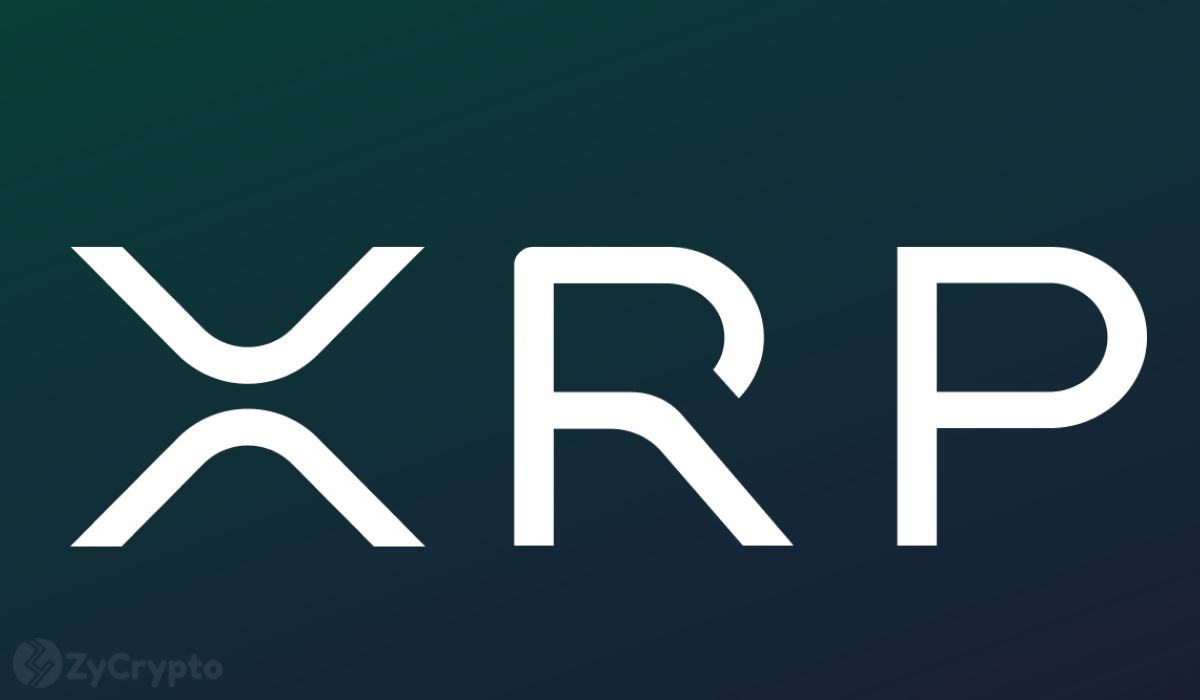
2023-5-13 13:10 |
A brief explanation of AMM, their strength and limitations, how users could benefit from this, and what it may mean for XRP price long-term.
Users can trade cryptocurrencies and other assets using Automated Market Makers (AMMs), a decentralised exchange (DEX) mechanism, without using conventional order books or a centralised entity to arrange trades. Instead, AMMs create a pool of tokens with varying levels of liquidity to establish asset prices and facilitate trades.
The liquidity pool calculates the asset price based on the ratio of tokens in the pool, receives tokens from users who want to trade and uses those tokens to fund the trade. To maintain a stable price for the asset being traded and to encourage the addition of more liquidity to the pool, the AMM then assesses a fee for the transaction, which is added to the liquidity pool.
Why AMM is a significant development for XRP and XRP LedgerFirst, AMMs will give XRP holders a more decentralised means to trade their tokens because XRP is a well-known cryptocurrency. AMMs make trading easier and may provide more XRP liquidity, which is advantageous for traders and investors.
Second, including AMMs in XRP will facilitate developers’ creation of decentralised apps (dApps) on the XRP Ledger. Developers can use the liquidity pools offered by the AMM to construct new dApps that are more effective and economical with the addition of AMMs.
Thirdly, XRP’s acceptance as a cryptocurrency may increase with the arrival of AMMs. Users may be more likely to utilise XRP and other cryptocurrencies that enable AMMs as more users get familiar with AMMs. This can result in higher XRP prices and increased demand.
Last but not least, the inclusion of AMMs in XRP can enhance the XRP Ledger’s overall decentralised nature. By utilising AMMs, XRP might lessen its dependency on centralised exchanges, susceptible to security breaches and cyberattacks. AMMs, on the other hand, enable a more decentralised and trustless method of trading XRP.
Strengths and weakness of AMMsStrengths of AMMs include greater decentralization, greater liquidity, simplicity and flexibility, as well as being cost-effective.
Some limitations include impermanent loss, price slippage, loss of funds due to volatility and dependency on liquidity.
Will it affect the XRP price?Given that the long-term price of XRP is dependent on several variables, including market circumstances, adoption rates, and regulatory changes, it is challenging to make a firm prediction about it. On the other hand, the inclusion of AMMs in XRP might have a favourable effect on its long-term price to $1.
Greater liquidity for XRP can be provided through AMMs, which could enhance demand and possibly drive up prices. Additionally, the introduction of AMMs on XRP may contribute to greater decentralisation and security for the XRP Ledger overall, raising XRP’s perceived value.
Additionally, the inclusion of AMMs would make it simpler for programmers to create decentralised applications on the XRP Ledger, which might enhance XRP adoption and possibly place a higher demand on XRP.
In conclusion, while AMMs provide several advantages, some drawbacks must be considered. Before employing AMMs for trading or investing, traders and investors should carefully assess the benefits and drawbacks of doing so and their level of risk tolerance.
origin »Ripple (XRP) на Currencies.ru
|
|







